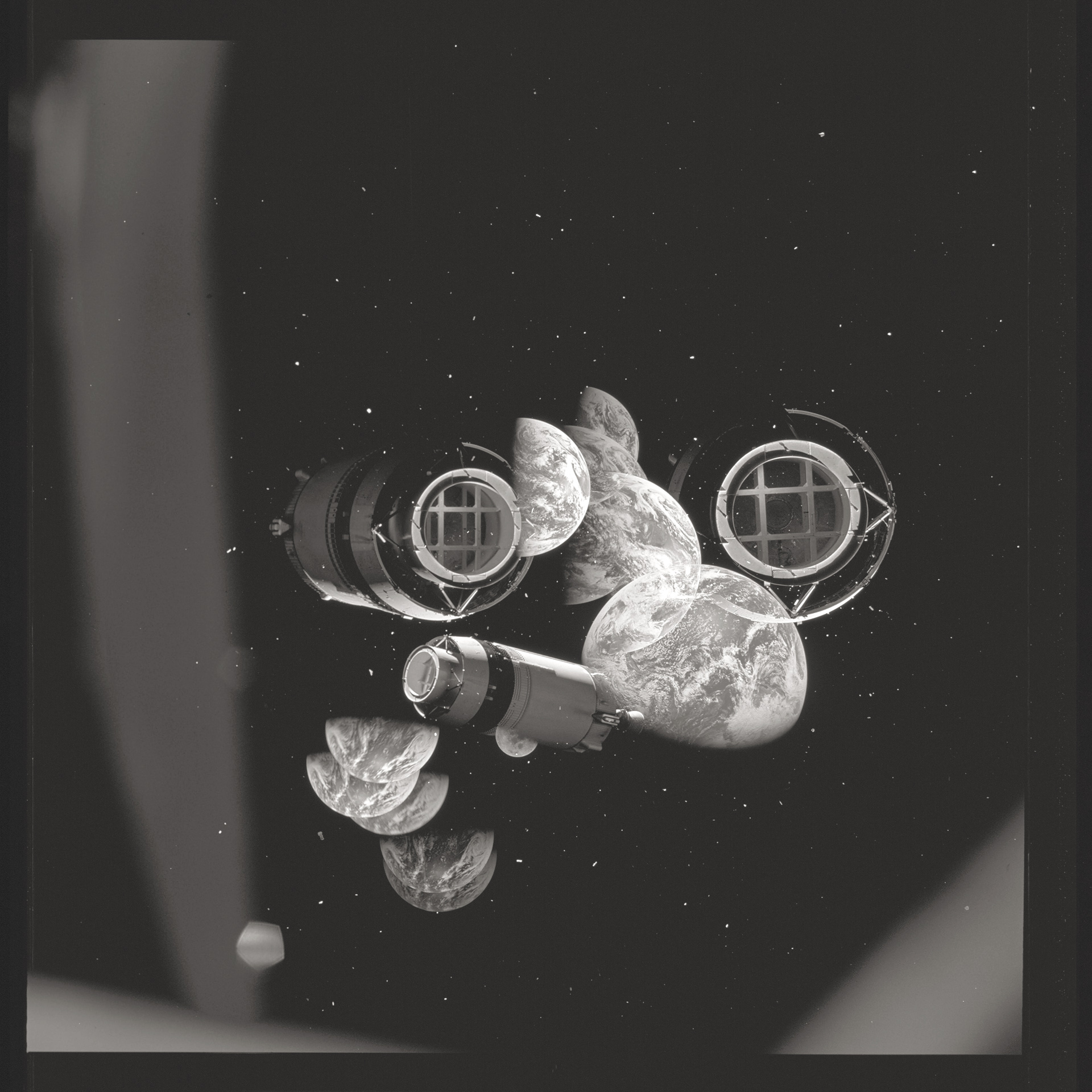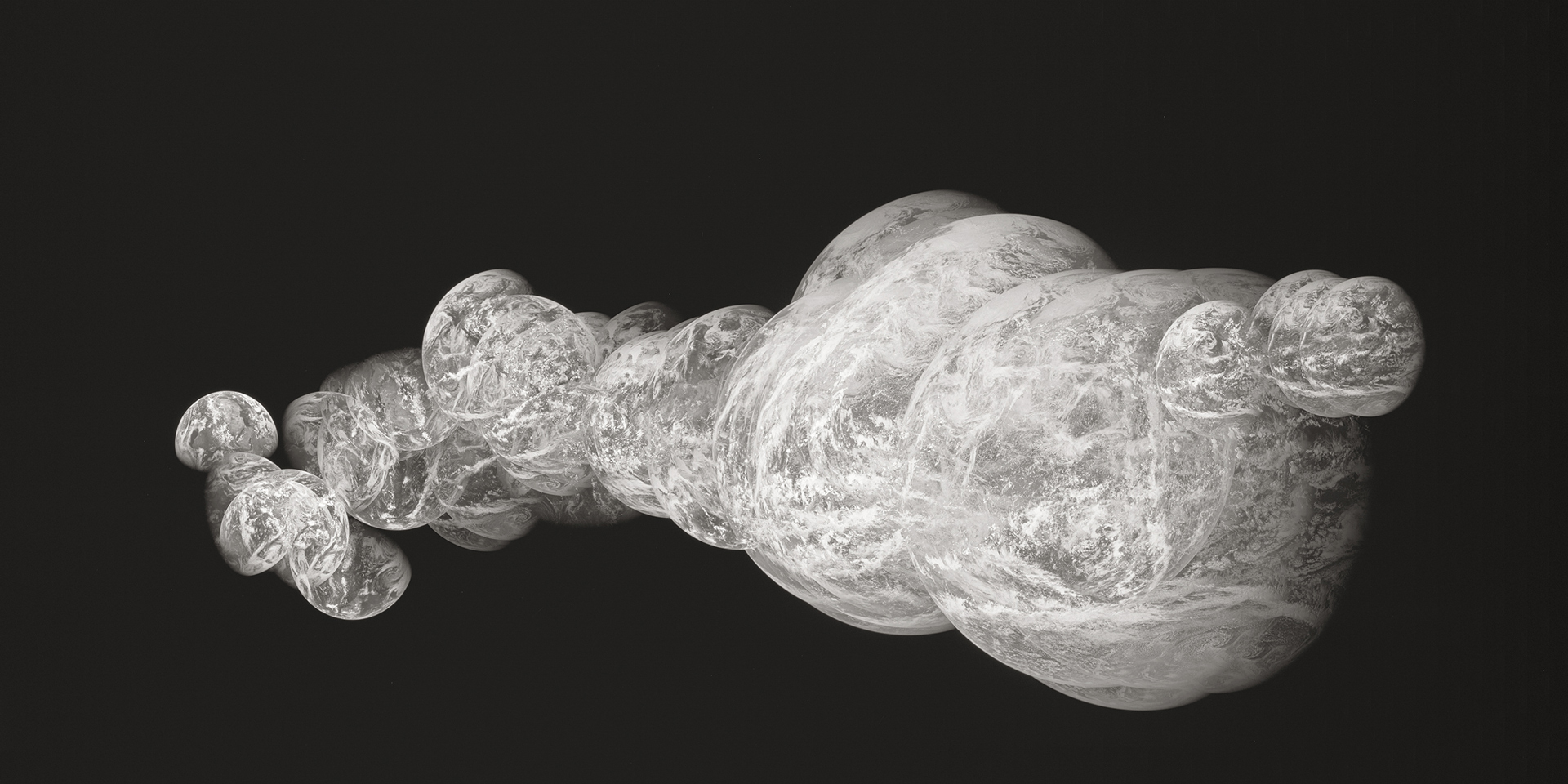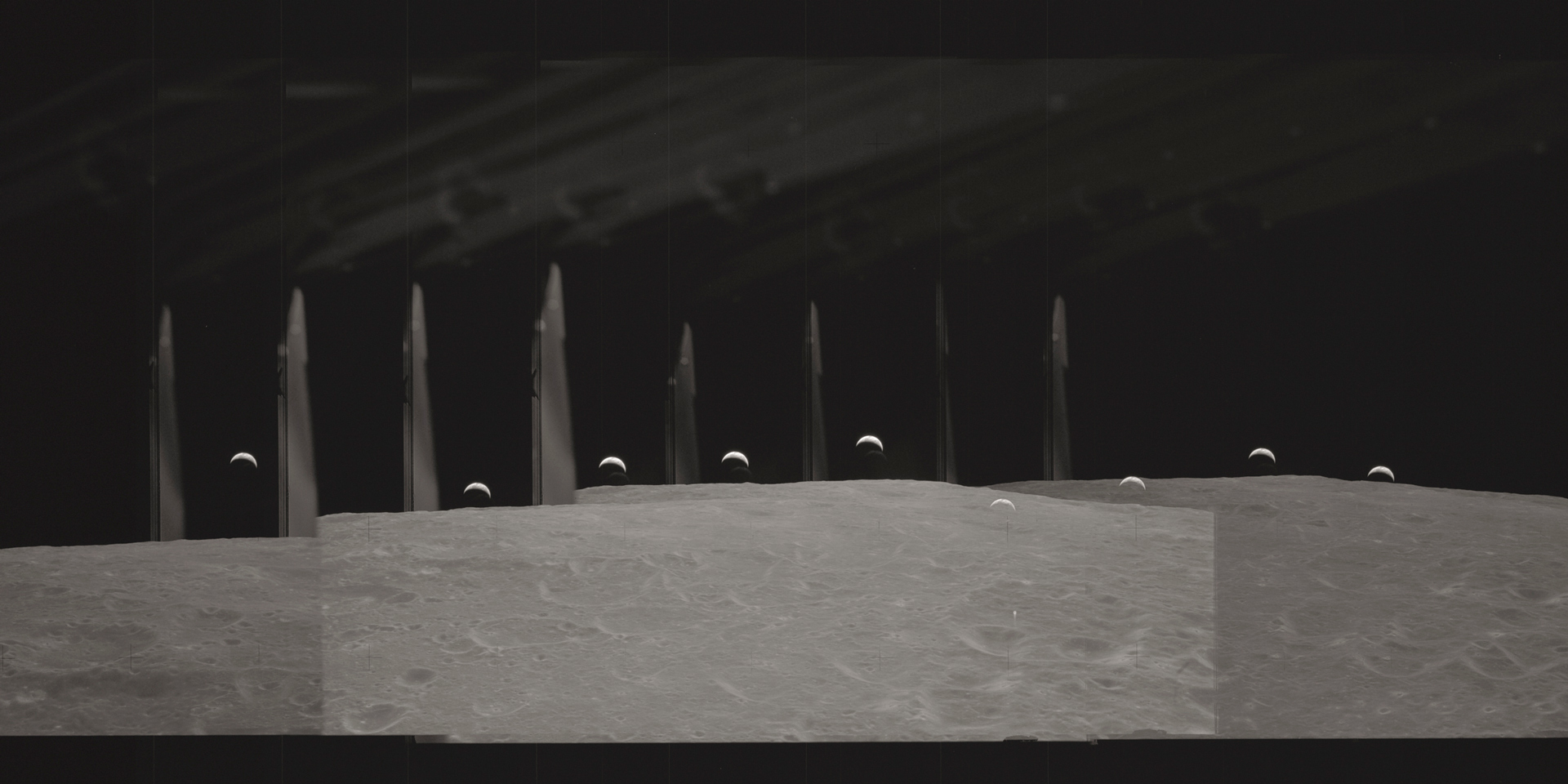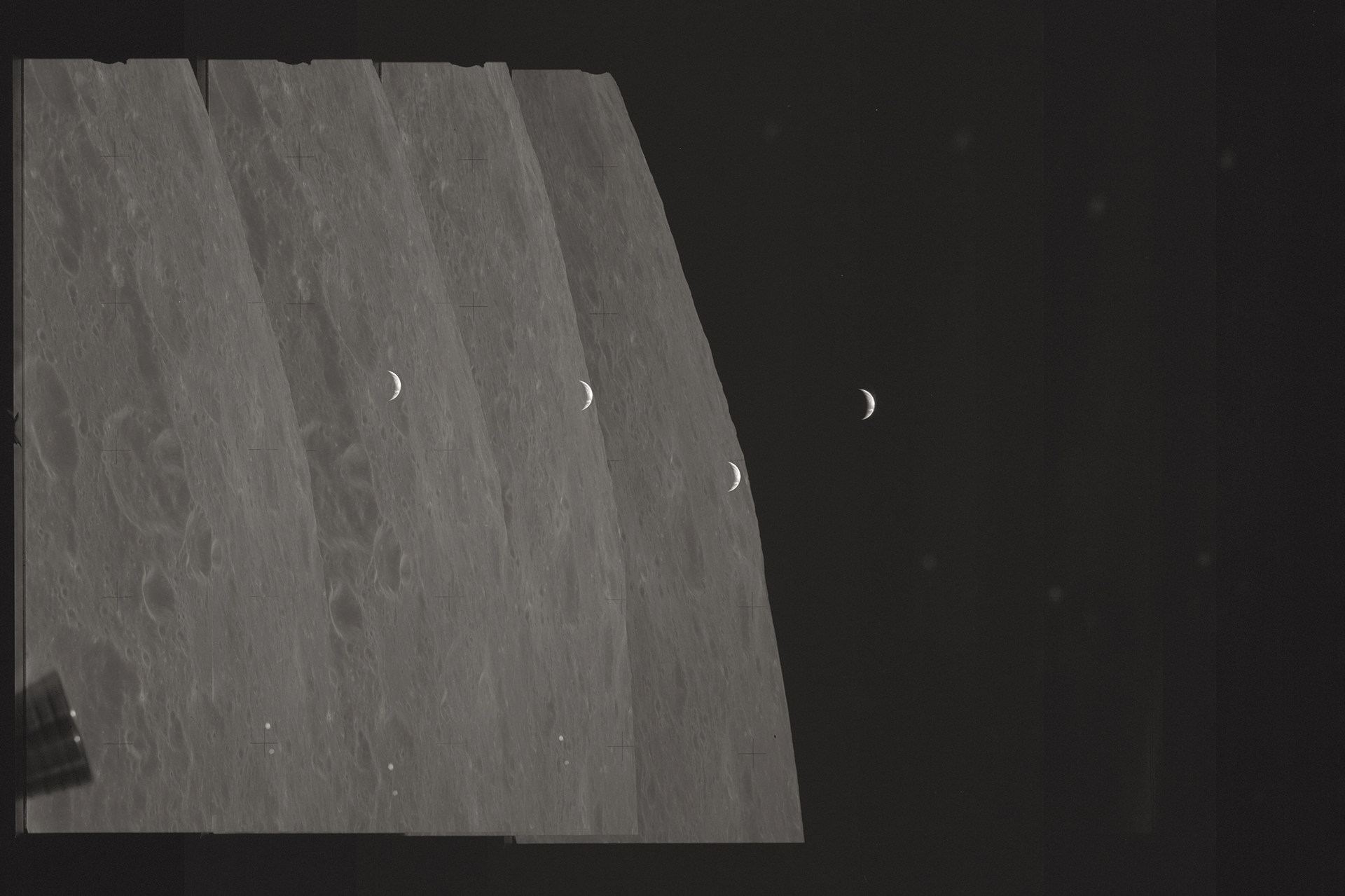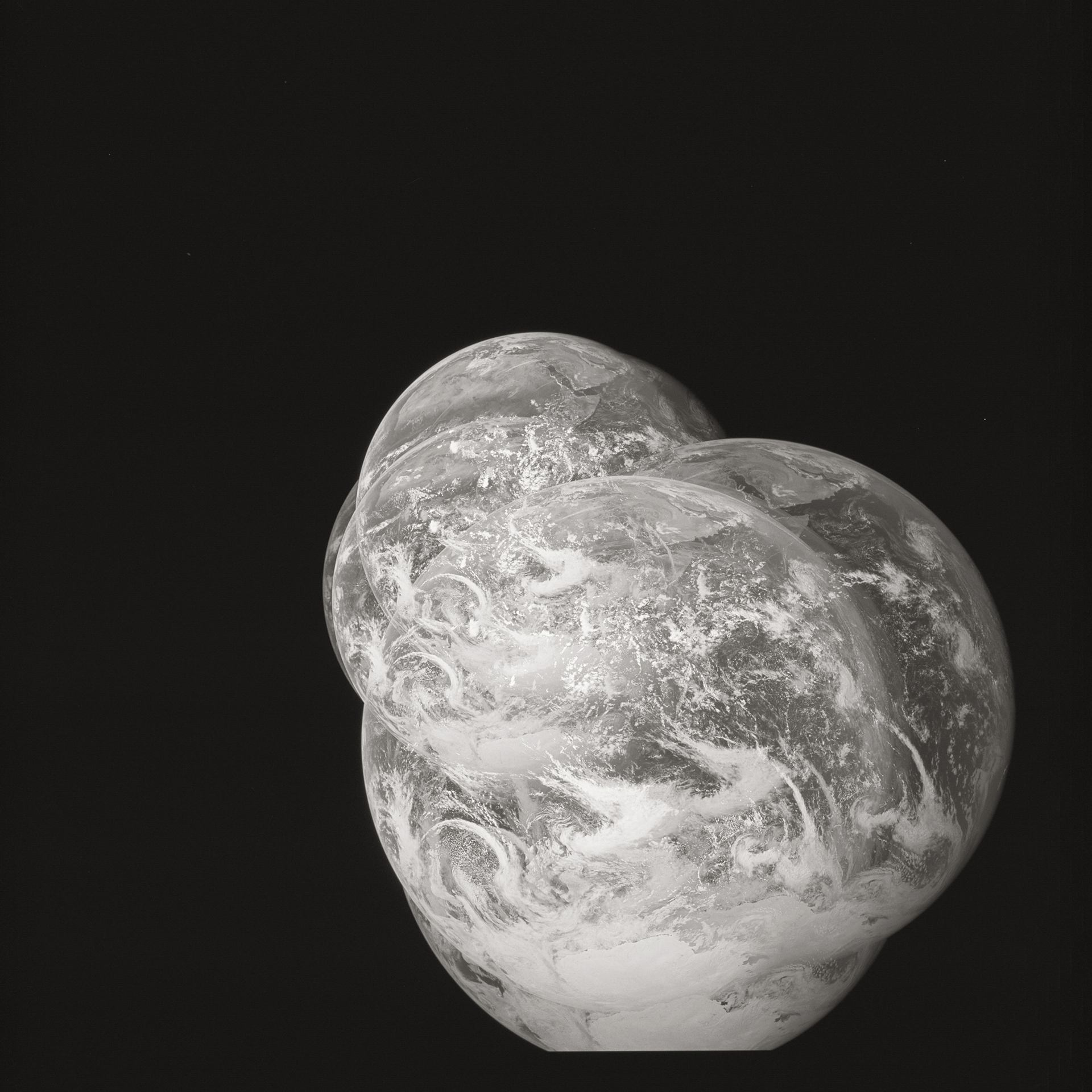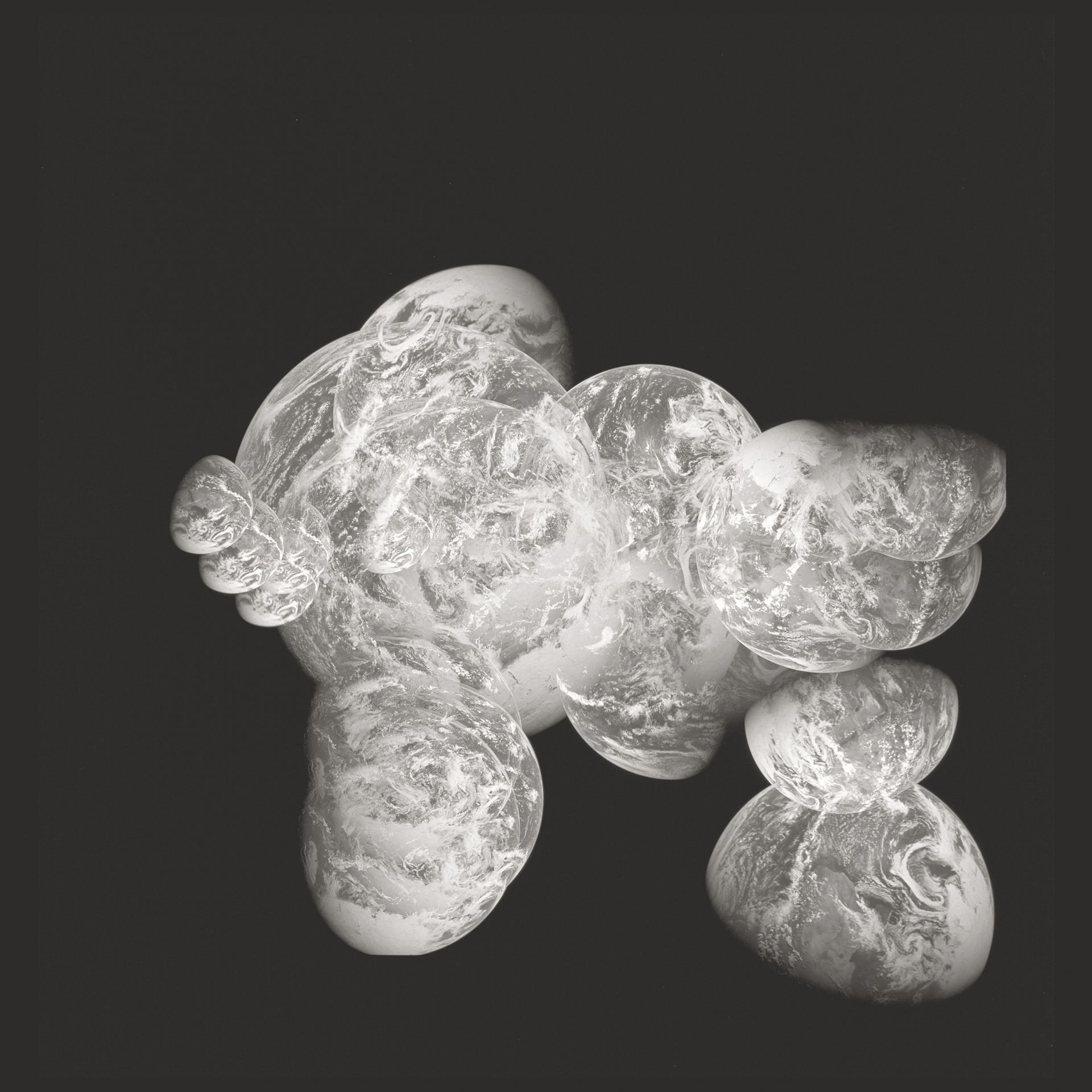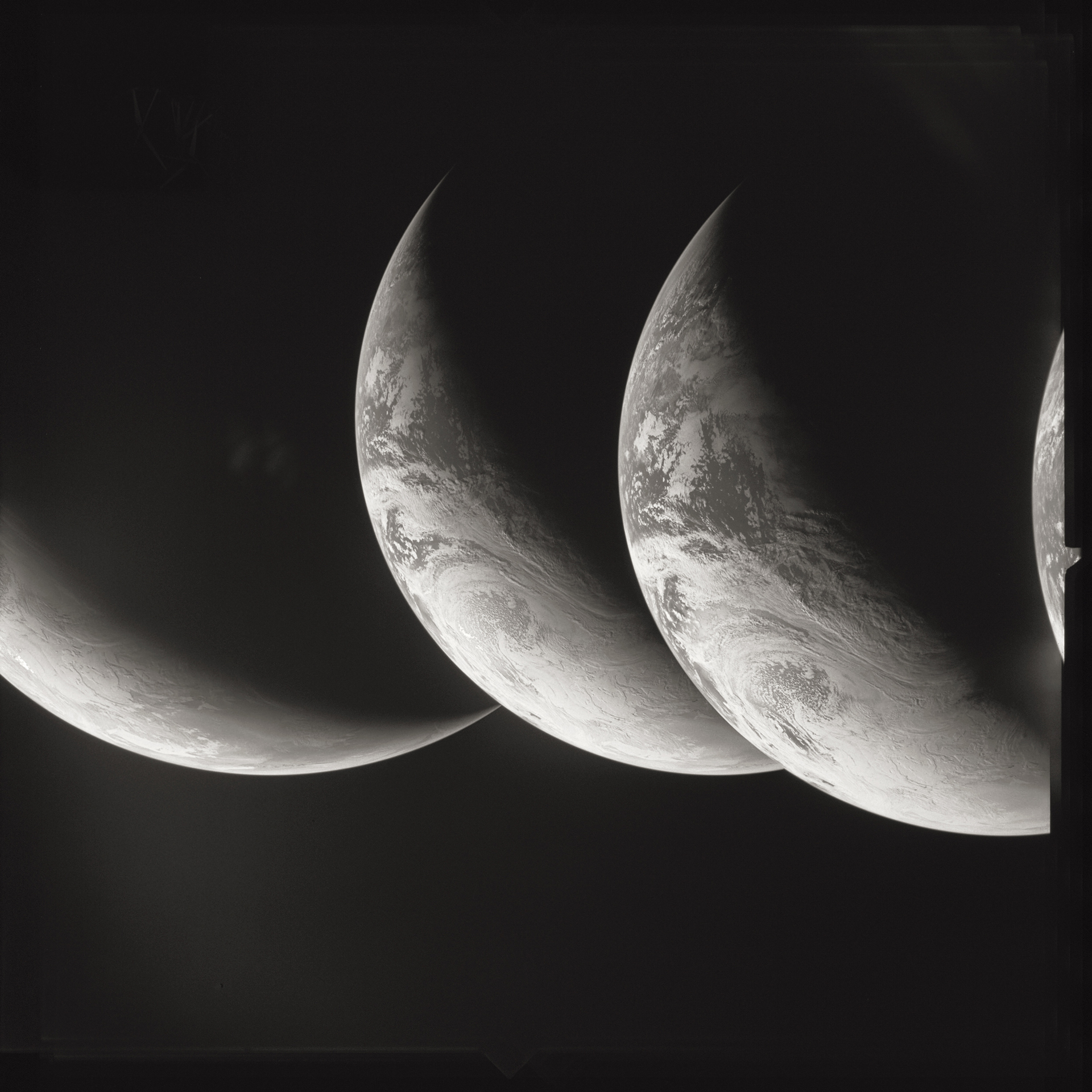2018 | 2019. Earth.
El 20 de julio de 1969, en plena guerra fría, 600 millones de personas observamos en vivo la llegada del hombre a la luna, el primer gran espectáculo planetario, un hito que contribuyó a establecer las bases perceptivas de la cultura contemporánea, una época signada por el desarrollo vertiginoso de tecnologías de producción de imágenes y por un régimen de historicidad basado en el predominio del presente.
Ese mismo año 1969, es considerado el inicio de la carrera de la fotografía digital. Willard Boyle y George Smith diseñaron la estructura básica del primer CCD planteado como un sistema para el almacenamiento de información utilizado un año más tarde por los laboratorios Bell para capturar imágenes con la primera videocámara.
La imagen de nuestro presente es la de un tropel atiborrado de instantáneas.
En esta era cada individuo puede seleccionar el material y el mecanismo para pensar su propia experiencia del tiempo y construir su versión de la memoria colectiva.
Earth es un proyecto de reorganización del archivo de las 781 imágenes de la tierra entera vista desde el espacio publicadas por NASA en 2011 en el sitio web The Gateway to Astronaut Photography of Earth. Es un intento de establecer un nuevo orden espacio temporal del material de archivo, una interrupción en la sucesión del tiempo (del disparo que produce desplazamientos entre misión, rollo y fotograma), mediante la fusión de multiples negativos en una composición unificada (en una única imagen) en la que privilegio la zonas de luz.
Un juego simple que produce una transposición, de la estética de la grilla y del slide a la de la imagen única, la del recuerdo comprimido como un trauma.
Image courtesy of the Earth Science and Remote Sensing Unit, NASA Johnson Space Center. https://eol.jsc.nasa.gov/
Ficha técnica: Marcela Magno. Earth. 2020 / 2021. Inkjet on Canson Baryta paper. Tamaños variables.
On July 20, 1969, in the middle of the Cold War, 600 million people watched the landing of men on the moon live. It was the first great planetary show, a milestone which helped establish the perceptual bases of contemporary culture, a time marked by the vertiginous development of technologies for the production of images and by a historicity regime based on the predominance of the present.
That same year, 1969, is considered the beginning of the digital photography career. Willard Boyle and George Smith designed the basic structure of the first CCD proposed as a system for the storage of information, used a year later by Bell laboratories as a system to capture images when building the first camcorder.
The image of our present is that of a crowd crammed with snapshots.
In this era, each individual can select the material and the mechanism to think about their own experience of time and build their own version of the collective memory.
Earth is a reorganization project of the archive of 781 images of the entire Earth seen from space, published by NASA in 2011 on the website The Gateway to Astronaut Photography of Earth. It is an attempt to establish a new spatio-temporal order of the archive’s material to produce an interruption in the succession of time (of the shot that produces displacements between mission, film and frame), by means of the fusion of multiple negatives in a unified composition (in an only image) in which I privilege the areas of light.
A simple game that produces a transposition, from the aesthetics of the grid and the slide to that of the single image, that of the memory compressed as a trauma.
Image courtesy of the Earth Science and Remote Sensing Unit, NASA Johnson Space Center. https://eol.jsc.nasa.gov/
Data sheet: Marcela Magno. Earth. 2020 / 2021. Inkjet on Canson Baryta paper. Variable size.

